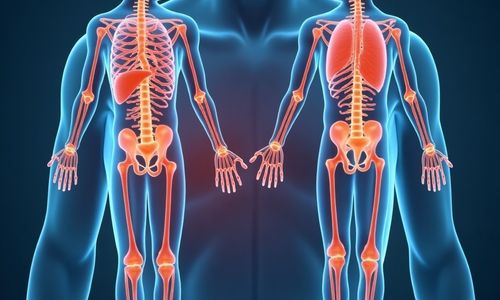Answers For [Forecast Quý 1-2025] - Exploring Leprosy: Insights from Southeast Asia
Answers and detail explain for [Forecast Quý 1-2025] - Exploring Leprosy: Insights from Southeast Asia
EXPLAIN
[Forecast Quý 1-2025] - Exploring Leprosy: Insights from Southeast Asia

I'm happy to be here with you today to report on my recent trip to southeast Asia, where I did research on leprosy and its treatments.
As you know, I headed up a team of five researchers and we went into the leprosy-ridden area. Our aim was to figure out people's attitudes towards this disease and its cure.
Leprosy, also known as Hansen's disease, is a chronic bacterial infection of the skin and its nerves.
It is common in parts of tropical and subtropical Asia, Africa, the Americas, and some Pacific islands.
The main and best-known symptom is skin lesions, but the disease can also cause nerve damage to the body and the eyes.
1Leprosy is a disease which usually does not develop quickly. It begins in the areas of the body such as the nose or the tips of the toes, as these parts are usually cooler than others.
2Whilst the cause is not always obvious and the disease can be infected by more than one type of bacteria, it seems that some people are genetically disposed to developing the disease.
This is a new area of research and it looks promising in developing new prevention strategies.
Since leprosy has influenced individuals' life in many aspects, some people attribute their being out of work to the spread of this contagious disease, but this opinion is biased.
In fact, the World Health Organisation has managed to keep control of leprosy and the disease is spreading at a very slow pace.
Leprosy is an ancient disease, and it is mentioned in the writings of the Bible dating back around 4000 years ago.
In ancient times, leprosy was considered a very serious disease and it could not be cured in the absence of technology.
3Now, however, with the availability of antibiotics, proper treatment can quickly save patients' life.
Some medical experts believe that there is some connection between people's financial condition and the disease, but this hasn't been proved scientifically.
We spent some time during the trip working with the local Medical Research Centre.
4We undertook what you might call “market research” amongst patients and others in order to further our knowledge of attitudes towards the disease as well as its treatments.
This is of vital importance for those who try to familiarise themselves with the basic knowledge about the disease.
5In addition, we have been closely monitoring the results of several advertisements which have been broadcast in the same area, to assess whether it can make people more open-minded towards the treatments available.
6As I'm sure you understand, our goal was not to increase sales of the treatments, but to change people's behaviour towards the disease.
We found that patients were generally not eager to cooperate in undergoing the treatment - for example, if we could get them to agree to a course of treatment, they may begin a course of antibiotics but not complete it, or they may take the medicine incorrectly.
7But often they lack the motivation to undertake treatment at all.
This can be because someone they know has been unsuccessful with their treatment and this casts a shadow upon them, which is a vicious cycle.
Even when we did get a patient to agree to take treatment, we were not confident of the result, so you can see that more needs to be done in the area of education.
So, we need to teach people that if the antibiotic is taken correctly, the results are almost one hundred successful and do not take long to work.
8I should also mention that the medications we took with us were provided by the manufacturing pharmaceutical company at cost price, for which we are very grateful.
To return to the subject of advertising the treatment to make people willing to cooperate, we have found some interesting results in our studies.
While speaking face-to-face with people can encourage them to accept treatment, this is not an effective method because it does not reach a large number of people.
9The best way seems to be through the local television and radio stations.
People are comfortable with and trust these sources, and we can reach a large number of people easily, so I am recommending that these are the methods pharmaceutical companies should be using.
I’m happy to report that we had no issues in the area of transporting and storing the medication during the trip.
It is fortunate that this particular medication does not require refrigeration and can be taken by patients anytime without specific requirements such as swallowing it with water.
10We also found that too much exposure to the air may cause damage to the medication, so it is important that it is packaged well in transport.
That's mainly what we have achieved in the trip, next I'm going to ...
Questions 1-3
Choose THREE letters, A-G.
Which THREE of the following statements are true about leprosy?
A.
B.
C.
D.
E.
F.
G.
Questions 4-6
Complete the notes below. Write ONE WORD ONLY for each answer.
| Research in Medical Research Center |
| Details
Purpose
|
Questions 7-10
Choose the correct letter, A, B or C.
7What is the patients' attitude?
A.
B.
C.
8What is true about the treatment?
A.
B.
C.
9The best way to advertise the medicine is via
A.
B.
C.
10The medicine should be
A.
B.
C.